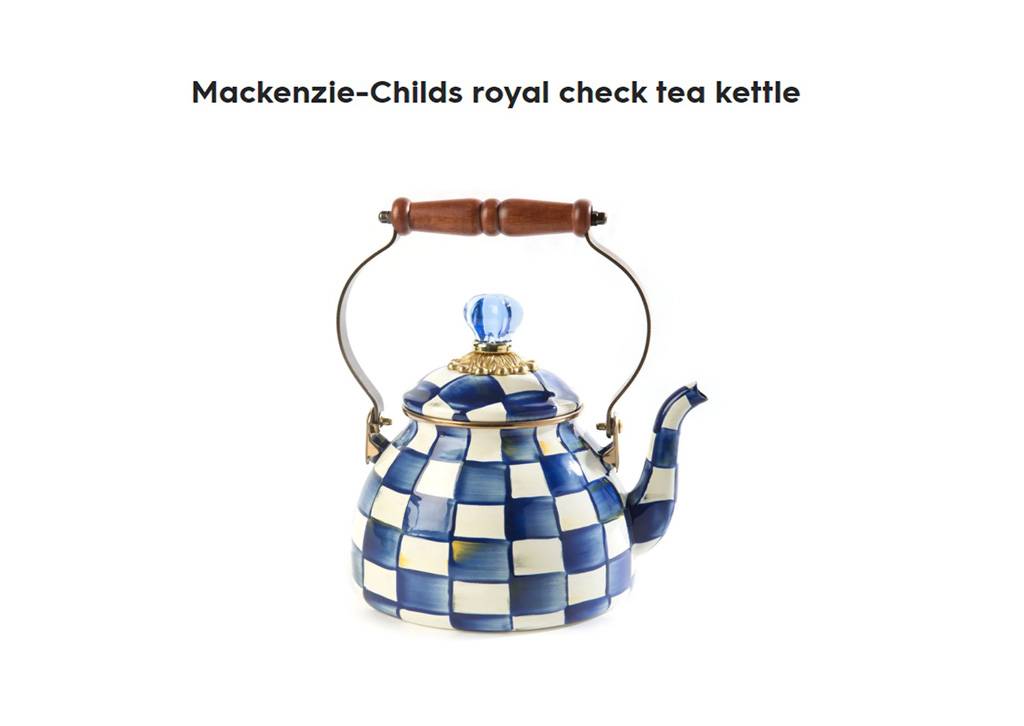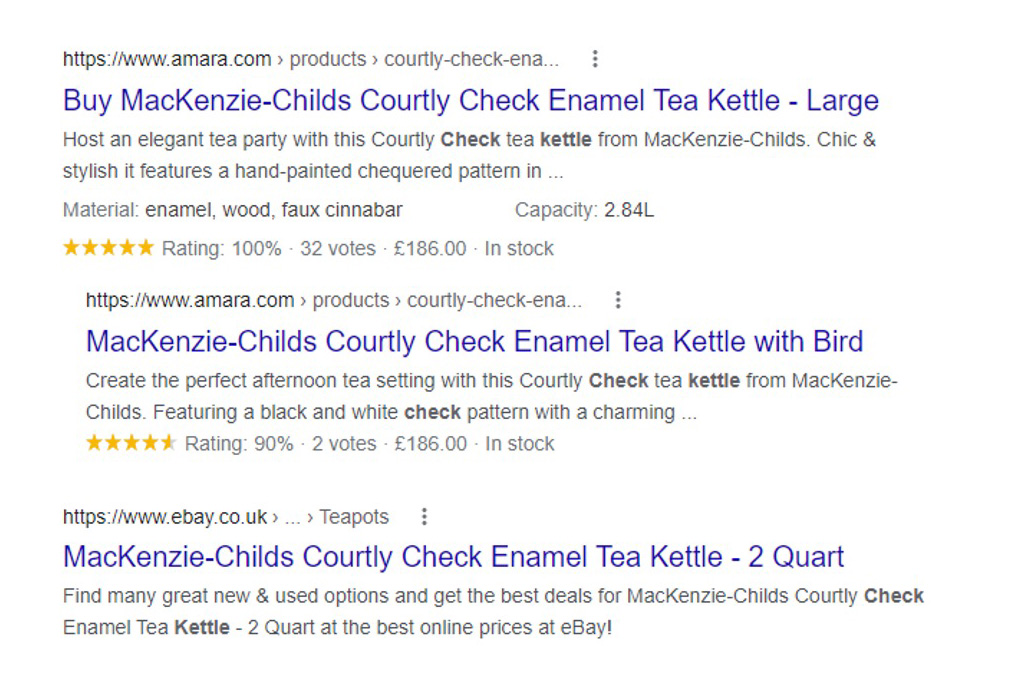Show off your USPs
Some products can’t be experienced before buying it online so you may need to take into consideration how your brand helps the user overcome this. Being creative with this on product pages is a great way to help you attract more links.
For example, Vinomofo, an Australian wine ecommerce website, gives recipes to pair with their wines and playlists to listen to while drinking the wine. This is a great way of enticing the customer into purchasing their products.
While luxury brands such as Porsche utilise augmented reality to enable customers to delve beneath the skin of the all-electric Taycan and discover the sports car’s depth of engineering detail and unique technical features in the surrounding of their choice.
Video content on your pages can also help bring products to life online. You could try instructional videos, walk-throughs or narratives. Showcasing your product or services in a unique and creative way is a great way to grasp journalists’ attention as well as potential customers. It gives demonstrable value, increasing the likelihood of a link.
A simple change can have big impact
Let’s be honest, content placement has a visual appeal. At least for most demographics. Whether it is eye-capturing imagery or visual guides on how to use your product, the content will be more linkable if it’s easy to interpret, follow and understand.
An example of this is for category pages where many ecommerce platforms give you the choice of adding content either at the top or bottom. Opting for the bottom could mean the content doesn’t distract from the product listings. But no content at the top would leave you with a page that’s simply a list of links to other pages. It’s important to do what’s best for your website and audience here, particularly if a page is already working well – major tweaks could disrupt that.
Generally speaking though, it’s more attractive to greet visitors with a couple of custom-written sentences, visuals, and links to your other helpful content above followed by additional content below. A more appealing page for users is a more appealing one for links (if you’ve been trying to push some changes through the ranks, this could be a good additional incentive!).
Sit back and let your pages be found, and cited (with a link), for you
Firstly, if your pages aren’t very helpful, or informative, why would websites link to them? The answer is they probably won’t. To start, you should make sure you’ve covered all the basics of decent product and category pages by including the necessary information. For product pages, this would be things such as:
- A description of the product: its construction, materials, overall look and size
- Ways it can be used
- Explain its advantages and benefits: how it solves the customer’s problem
For obvious reasons, your pages should include key terms and commonly asked questions that someone looking to find your products would search. Featuring these terms, and answering them well, will help to make you more likely to rank in the SERP.
This is also great from a link building perspective. Why? Well consider this, a journalist is planning on writing an article on creative, colourful and unique kettles – in time for us to be switching from iced coffee to regular, piping hot coffee – such as this Stylist article.



Yes, the journalist may well have been tipped off by PRs at the featured brands – but it’s also likely they’ll have gone searching for kettles to feature themselves. This kettle by Mackenzie-Childs is first in line, and look what appears in the SERP when I type in ‘check kettle’.

AMARA, a luxury homeware brand is currently taking the top organic space. Followed by eBay, Amazon and then MacKenzie-Childs. The higher-up you rank, with the better pages etc. the more likely you are to be cited in articles. In this example, the link in the article is (sadly for us organic folk) an affiliate link, but you see how this can work in practice.
Sharing is caring
When it comes to internal links, the golden rule is usability comes first. What will be most useful for your customers? What will guide them on their browsing journey?
But internal links are also important from a link building perspective. Some pages are easier to build links to, or naturally pick up links (think things such as guides, blogs, tools etc.), and so end up with a whole host of great quality backlinks.
The ‘link equity’ from these backlinks can be passed onto the pages that need it more but are more difficult to build links to (such as product and category pages) through internal links. If you get this right, your internal linking will do a lot of the work for you with passing on the link equity from ‘naturally’ well-linked to pages.
Summary
Optimising your category and product pages for link building should never be overlooked. The higher the number of quality links, the better the chances of ranking higher in search engines, attracting more relevant organic traffic to your site and increasing the opportunity for revenue.
Once you start implementing these steps there are a few ways of getting backlinks to your product page elsewhere, from leveraging relationships with journalists for product roundup features, to product reviews from industry-relevant bloggers and influencers. You could also try writing guest posts that feature your product and linkable content. If you need more information on the best way to supercharge your link building, get in touch or scroll down to find some other helpful articles.
